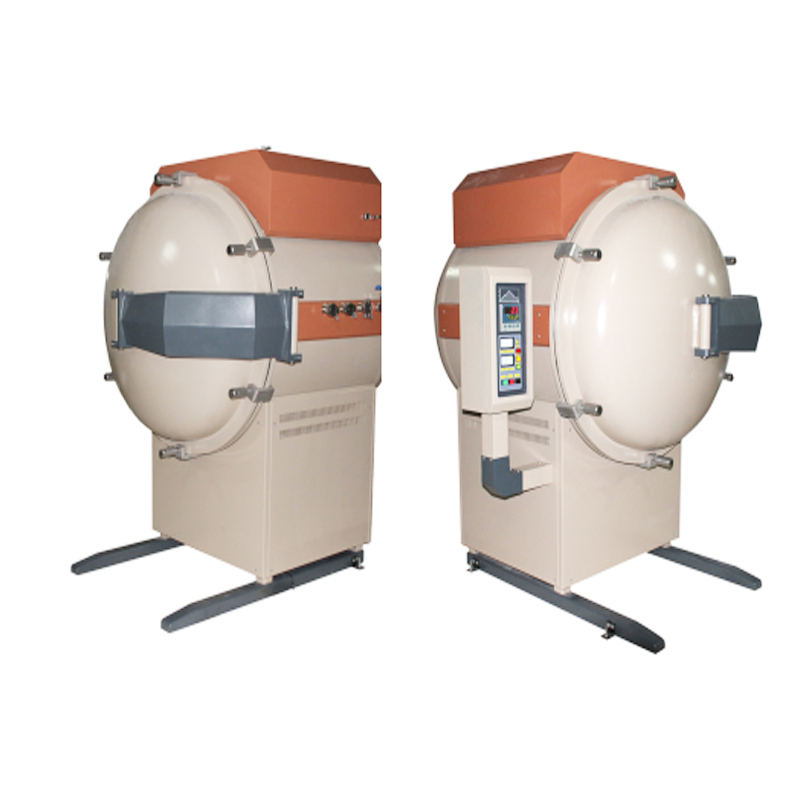Where are vacuum furnaces used?
Vacuum furnaces stand as technological marvels, offering a controlled environment free of contaminants to achieve precise thermal processing. From aerospace and medical industries to research and development, the applications of vacuum furnaces are vast and varied.
1. Aerospace Industry:
1.1 Heat Treatment of Alloys:
Vacuum furnaces play a crucial role in the aerospace sector for the heat treatment of high-performance alloys used in components such as turbine blades, landing gear, and structural elements. The absence of oxygen ensures that metals maintain their desired properties.
1.2 Brazing and Sintering:
Vacuum furnaces facilitate the brazing and sintering of aerospace components, ensuring the integrity and strength of joints while avoiding oxidation that could compromise their structural reliability.
2. Medical Device Manufacturing:
2.1 Sterilization of Instruments:
Vacuum furnaces are employed in the medical industry for the sterilization of surgical instruments. The controlled atmosphere prevents the formation of oxides on metal surfaces, ensuring that medical tools remain free from contaminants.
2.2 Metal Injection Molding:
In the production of intricate medical components through metal injection molding, vacuum furnaces aid in debinding and sintering processes, resulting in precise and durable medical devices.
3. Electronics and Semiconductors:
3.1 Brazing and Annealing Electronic Components:
Vacuum furnaces are utilized in the electronics industry for brazing and annealing processes, ensuring the reliability and longevity of electronic components by preventing oxidation and maintaining material purity.
3.2 Annealing Silicon Wafers:
In semiconductor manufacturing, vacuum furnaces are employed for annealing silicon wafers, a critical step in the production of high-performance electronic devices.
4. Tool and Die Manufacturing:
4.1 Hardening and Tempering:
Vacuum furnaces contribute to the hardening and tempering of tools and dies used in manufacturing processes. The absence of oxygen prevents surface decarburization, ensuring the tools retain their hardness and wear resistance.
5. Research and Development:
5.1 Material Testing and Experimentation:
Vacuum furnaces are invaluable in research and development laboratories for material testing and experimentation. The controlled atmosphere allows scientists and engineers to study material behaviors without interference from external elements.
6. Energy Sector:
6.1 Production of Turbine Blades:
In the energy sector, vacuum furnaces are employed for the production of turbine blades used in power generation. The controlled environment ensures the uniformity and integrity of these critical components.
Advantages of Vacuum Furnaces:
A. Controlled Atmosphere:
The absence of oxygen and other contaminants prevents oxidation, enabling the processing of materials without compromising their properties.
B. Precise Temperature Control:
Vacuum furnaces offer precise temperature control, ensuring that materials are heated or cooled to exact specifications, critical for maintaining the desired properties of alloys and components.
C. Uniform Heating:
The uniform heating achieved in vacuum furnaces results in consistent material properties throughout the treated components, reducing the risk of defects.
D. Versatility:
Vacuum furnaces are versatile, accommodating various thermal processes such as annealing, brazing, sintering, and heat treating, making them indispensable in diverse industries.
In conclusion, the applications of vacuum furnaces span across industries where precise and controlled thermal processing is paramount. From aerospace and medical device manufacturing to electronics and research laboratories, these furnaces contribute to the production of high-quality components with enhanced properties. The advantages of a controlled atmosphere, precise temperature control, uniform heating, and versatility position vacuum furnaces as indispensable tools in the realm of materials processing and innovation.
156
0
0



Comments
All Comments (0)